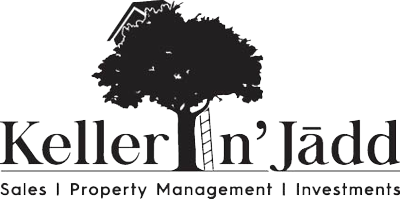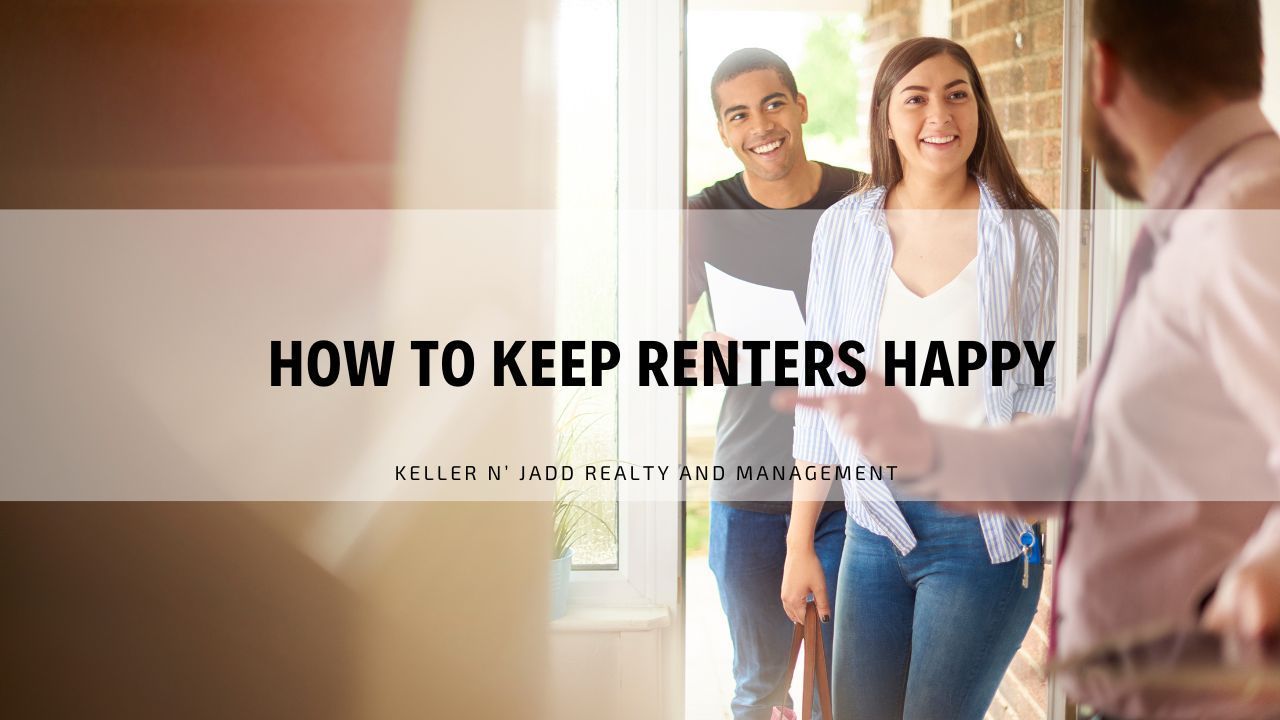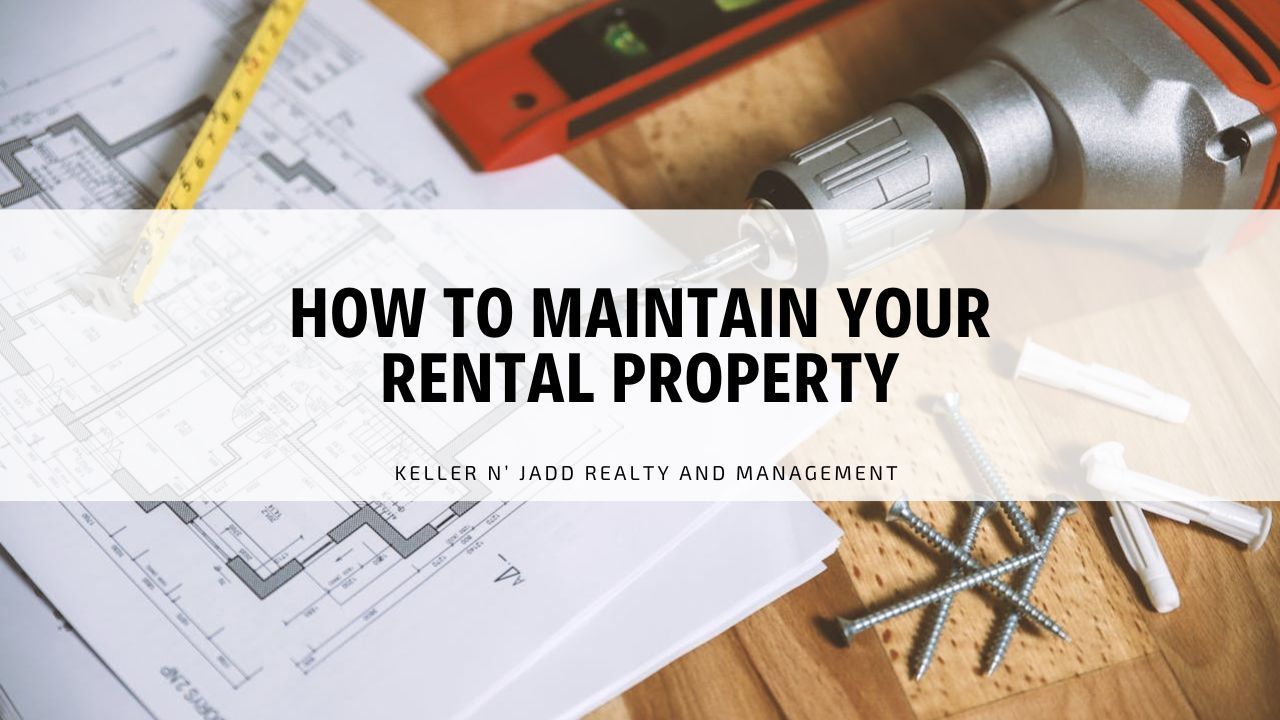How to Avoid Water Damage in Your Rental Property

Water damage is one of the most common and costly issues that property owners face, impacting both their finances and their tenants' well-being. Not only can it lead to significant repair expenses, but it also disrupts tenants’ daily lives, potentially causing dissatisfaction and even early lease agreement terminations.
Moreover, untreated water damage can result in long-term structural issues, such as mold growth and foundational weakening, which can drastically lower the property’s market value. These issues can lead to further liabilities, such as health risks for tenants and potential legal challenges if the property is deemed unsafe.
Preventing water damage requires more than just fixing problems when they arise; it demands consistent, proactive care to safeguard your investment. Timely inspections, regular maintenance, and clear communication with short and
long term tenants are essential for minimizing risks.
What Leads to Water Damage
Water damage occurs for various reasons, but many of these can be categorized into a few key areas. Identifying these causes is crucial to implementing effective preventive measures:
Plumbing Issues: Burst pipes, leaking faucets, and clogged drains are among the most common sources of water damage. These problems often result from wear and tear, freezing temperatures, or poor maintenance. A small leak left untreated can escalate into expensive repairs and property downtime.
Roof Leaks: Damaged or missing shingles, poor roof maintenance and clogged gutters can allow water to enter the property during rain or snow events. Over time, even minor roof leaks can cause severe water intrusion, leading to ceiling damage, mold growth, and compromised structural integrity.
Appliance Failures:
Water heaters, washing machines, dishwashers, and refrigerators can leak due to malfunction or age, leading to indoor flooding or slow leaks that go unnoticed. Regular checks of these appliances can prevent unexpected failures that may result in costly damage.
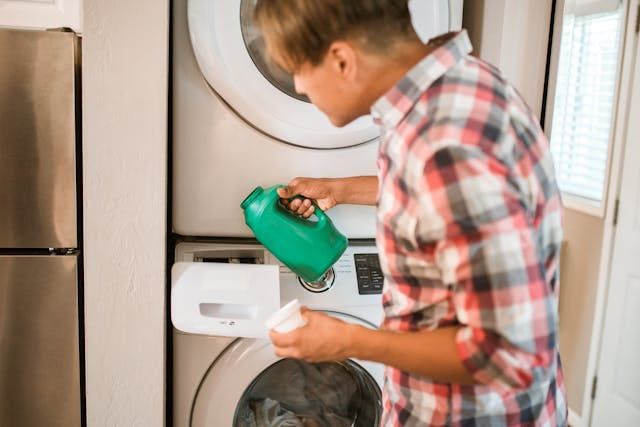
HVAC Problems: Air conditioning units and heating systems can cause water damage if their drain lines become clogged or if they are not serviced regularly. An improperly maintained HVAC system can also contribute to poor air quality and additional wear on the property.
Poor Drainage Systems: Improper grading around the property, blocked gutters, or malfunctioning sump pumps can allow water to pool around the foundation, increasing the risk of seepage. Poor drainage can also exacerbate issues during heavy rainfall, leading to basement flooding and foundation cracking.
Natural Disasters: Heavy rains, hurricanes, or flooding events can overwhelm even
well-maintained properties, especially if preventative measures aren’t in place. Being unprepared for natural disasters can result in extensive damage and lengthy recovery times.
By identifying these causes, landlords can take targeted steps to prevent potential damage and ensure their properties remain safe and habitable for tenants.
Practical Tips to Avoid Water Damage
Preventing water damage requires a mix of routine maintenance, inspections, and tenant education. Here are practical steps to protect your rental property:
Regular Inspections
Inspect plumbing systems, including visible pipes, faucets, and water heaters, for leaks or corrosion. Schedule professional inspections annually to identify hidden vulnerabilities.
Check the roof for loose or damaged shingles and ensure gutters are clean and functioning properly. Think about adding gutter guards to minimize debris accumulation.
Examine windows and doors for signs of water intrusion, such as discoloration,
peeling paint, or soft spots. Repair any damaged seals or weatherstripping promptly to prevent further exposure.
Maintain the Plumbing System
Install water pressure regulators to reduce strain on pipes and lower the risk of bursting. High water pressure is a common yet preventable cause of plumbing issues.
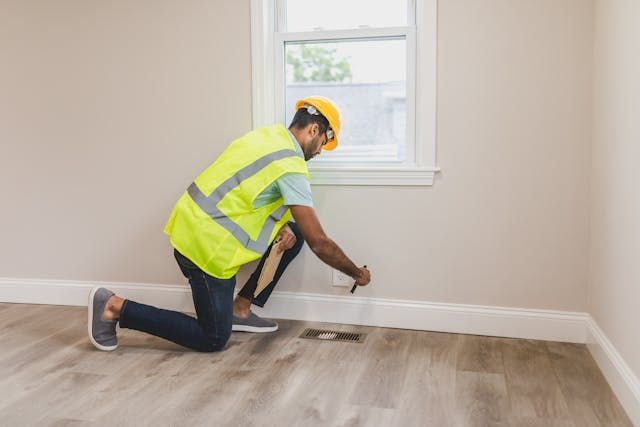
Insulate pipes to prevent freezing during cold weather, especially in unheated areas like basements and attics. Replace old or damaged pipes and fittings to minimize the likelihood of leaks. Investing in modern plumbing materials can save money in the long term.
Upgrade Appliances
Replace older water-dependent appliances before they fail. Modern appliances are often more efficient and equipped with safety features to minimize water damage. Use hoses with reinforced materials and install water leak detectors near appliances. These detectors can alert you to issues before they become major problems.
Improve Drainage
Ensure property’s landscaping slopes away from the foundation to direct water flow effectively. Poor grading can lead to water pooling and increased pressure on basement walls.
Clean and maintain gutters and downspouts regularly to prevent blockages. Extend downspouts away from the property to keep water from seeping into the foundation. Install or maintain sump pumps in basements or areas prone to flooding. Consider a backup battery system for the pump to ensure functionality during power outages.
Maintenance HVAC Regularly
Schedule regular servicing for HVAC systems to ensure drain lines are clear and functioning. Address any signs of condensation buildup or leaks promptly. Replace filters regularly to prevent buildup that can lead to leaks. Educate tenants on the importance of changing filters as part of their maintenance responsibilities.
Prepare for Natural Disasters
Use flood barriers or sandbags to protect your property if it is located in a high-risk flood zone. These barriers can provide temporary protection during heavy rains or storms.

Confirm if your insurance policy includes coverage for water damage resulting from natural disasters. Review and update your coverage regularly to account for changing risks.Create an emergency plan and share it with tenants. Include steps for contacting emergency services and property management during disasters.
Monitor and Respond Quickly
Install smart water sensors to detect leaks in real time. These devices can notify you immediately of water issues, allowing for swift action. Resolve any water-related problems promptly to avoid additional damage. Delaying repairs can compound problems and lead to higher costs.
Resolve any water-related problems promptly to avoid additional damage. By taking these actions, landlords can greatly decrease the risk of expensive water damage and keep their properties in excellent condition. Proactivity is essential to avoiding unnecessary expenses and tenant dissatisfaction.
Bottomline
Water damage is a costly and disruptive issue, but it is often preventable with proactive measures. By understanding the common causes of water damage and taking practical steps to address potential risks, landlords can protect their investment and ensure tenant satisfaction.
Regular inspections, plumbing maintenance, drainage improvements, and tenant education are key strategies for avoiding water damage in rental properties.
Keller n' Jadd Realty & Management specializes in helping landlords manage and maintain their properties effectively.
We provide expert guidance to ensure your property is equipped to handle unexpected challenges, from appliance failures to natural disasters. Contact us today to learn more about how we can help you safeguard your rental property. Your property deserves expert care—let us provide it.
